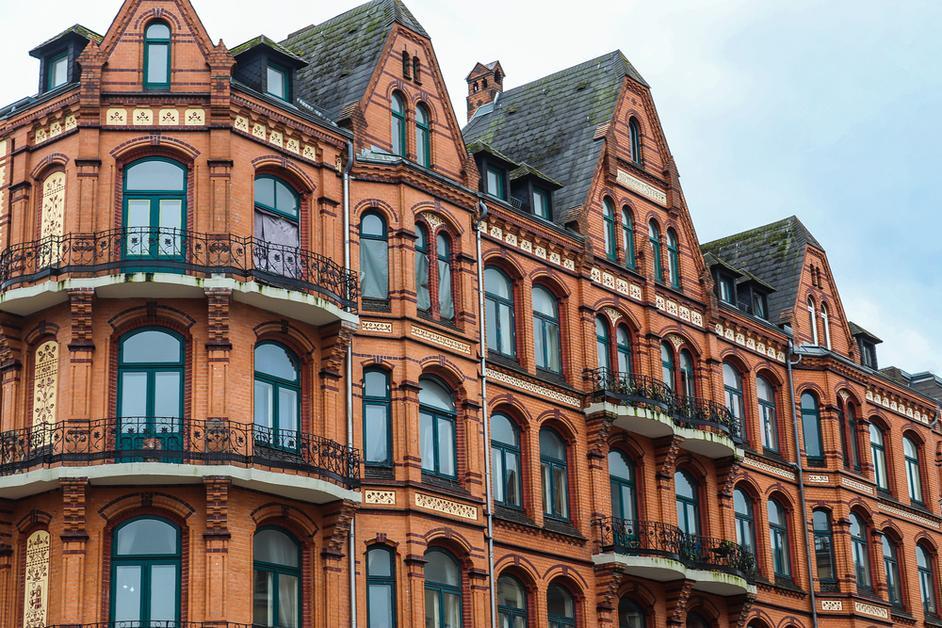The Step-by-Step Process of Historical Building Restoration
Restoring a historical building is no small feat. It’s a process that entails respect for the past, a profound understanding of architecture, and a rigorous attention to detail. Maximum Restoration, a leading name in the restoration industry, understands how significant each step is in this process.
Assigning Value
The first step in the historical building restoration process is assigning value to the building itself. The worth of a historical property can involve more than just financial value. Cultural, historical, and architectural values play a significant role in setting the restoration path.
Property Assessment
Critical to the restoration process is a detailed assessment of the building. This step involves diagnosing the existing condition of the building, its structure, material, and finishes. It helps to identify areas of concern requiring urgent attention.
Planning
Once the building's condition is thoroughly understood, a comprehensive work plan is developed. A restoration plan outlines the scope of work, approach, preservation strategies and identifies materials and resources required. Planning is vital in ensuring that all restoration work is suitably sequenced and coordinated.
Securing the Site
Historical restoration requires protecting vulnerable parts of the building to prevent further damage. It might mean erecting scaffolding or temporary covers or removing sensitive architectural features for later restoration.
Stabilization
Initial measures for stabilization are to stabilize any structural weakness identified during assessment. It involves working closely with structural engineers to ensure the safety and integrity of the building.
Repair and Replacement
This is where the magic happens. Specialists begin repairing original features using traditional techniques. If replacement is a necessity, then experts create reproductions that match the original ones as closely as possible.
Documentation
Documentation of the restoration process and extensive photographs of the work progress play a crucial role. This documentation serves as a reference guide for future restorations or investigations.
Completion and Maintenance
Once the restoration work concludes, it's crucial to dedicate time to maintain the building correctly. It involves periodic inspection and upkeep to ensure longevity.
Conclusion
Restoration can breathe new life into an otherwise aging or neglected historical building. However, it’s a process that requires tremendous patience, skill, and knowledge. Maximum Restoration, with its expertise in this area, acknowledges the magnitude of this responsibility. It is a fascinating journey that effectively bridges the past and the present, carrying forward our rich architectural legacy in a meaningful way.

